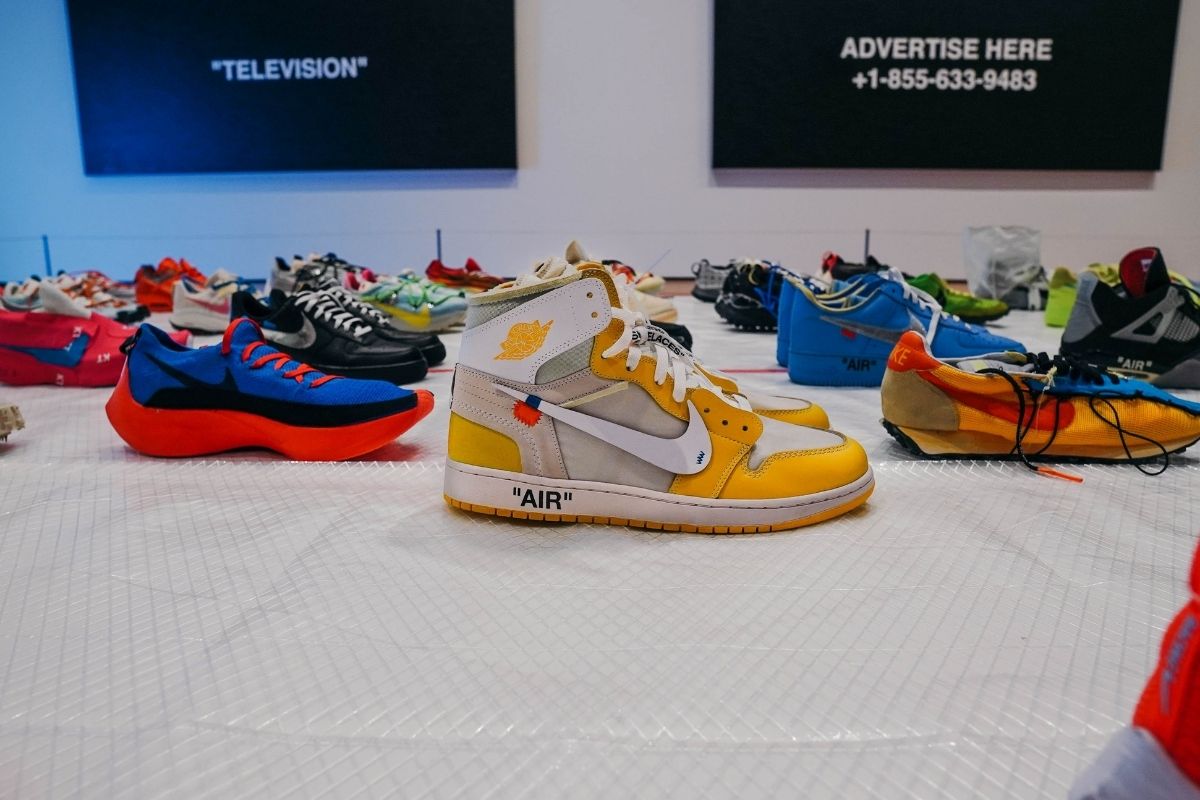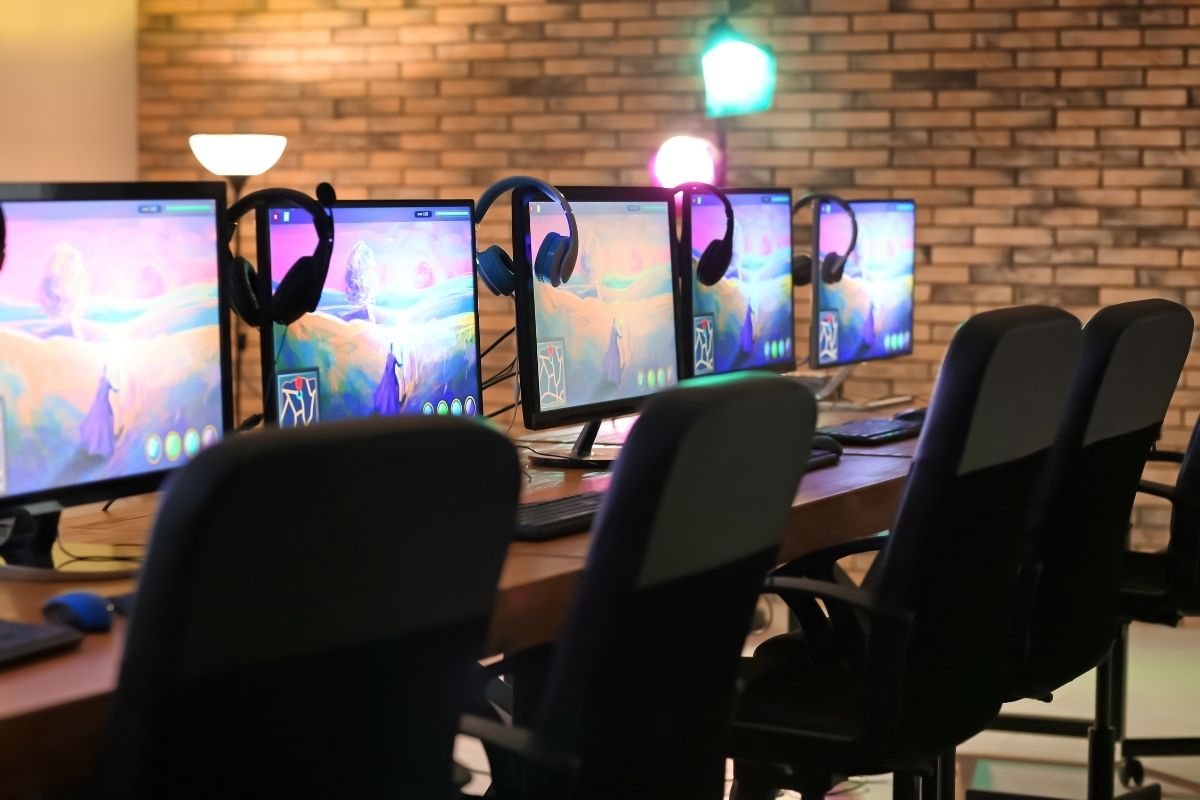Online Sneaker Education and A Production Career!
After learning about trademark law, copyright law, and patent law, another important part of sneaker education is learning about trade secrets. So what is a trade secret and how is it protected?
A trade secret is a business method, customer list, pattern, idea, or some other non-public piece of information that a company will go through great lengths to protect. Trade secrets are important because companies work tirelessly to develop independent ways of doing business and to create a special product or a process, and they need to protect these items. The information is used in business to create an opportunity to obtain an economic advantage over competitors that don’t have that information. A really famous example of a trade secret is the secret ingredients in Coca-Cola’s recipe.
How Do Trade Secrets Apply to the Sneaker Industry?
Companies like sneaker companies go to great lengths to protect their trade secrets. In 2014, trade secrets were a topic at the highest level when three former employees left Nike to join Adidas. These gentlemen left and allegedly took with them information relating to various aspects of the Nike brand, including their processes of making sneakers and other confidential information about marketing, promotion, and many things that we discuss in our book about the business side.
As soon as these three gentlemen announced that they were leaving Nike to join Adidas, Nike filed a lawsuit. In it, they alleged that these gentlemen were taking specific confidential information, otherwise known as trade secrets, and using it for their benefit and for the benefit of Adidas. In its complaint, Nike asked for damages of over $10 million, claiming that this information was extremely sensitive and highly valuable to their brand. The case ended up settling out of court. But eventually, these gentlemen made their way over to Adidas, soo it was worked out. But it just goes to show you the extreme lengths and costs that companies will go through to protect their trade secret information.
Because trade secrets are so sensitive, it’s hard to know which companies have what information. But companies spend a lot of money on research and development to create trade secrets and to gain an economic advantage over their competitors.
How Does a Company Protect Its Trade Secrets?
One method that companies use to protect their information is by having employees that come into the company sign NDAs. NDAs are “non-disclosure agreements,” and they protect exactly what trade secrets are, confidential information such as data, customer lists, processes, patterns, and other sensitive and highly valuable information. NDAs are useful. But they don’t always work because many employees leave, and they go and use the information elsewhere. Sometimes, it’s hard to prove that an employee has breached an NDA. So they’re used to create a chilling effect to make sure that employees know that there will be a liability if they disclose the information that they obtained through their relationship with the employer.
Another way that companies can protect their trade secrets is through restrictive covenants in their employment agreements. We’re not going to get into much detail on restrictive covenants in this module. But when an employee joins a company, the company will sometimes ask an employee to waive certain rights and to abide by certain restrictive covenants. So if an employee comes to a company and then leaves, they may be asked, for a certain period of time, to not work for a competitor, to not disclose confidential information about the company, and to not solicit other employees that have worked for the company. These are what are called restrictive covenants. They’re methods and tools that companies use to protect their trade secrets through employment agreements.
Another way that companies can protect their trade secrets is by filing a lawsuit. This is, obviously, the most final and nuclear option in the trade secret protection ladder, but this is sometimes the last and best option when sensitive trade secrets are at stake. A company can bring a lawsuit against an employee or another corporation that it believes has stolen their trade secrets, and through litigation, they can try to work out protecting that information, stopping the dissemination of the confidential information, and, in some cases, returning the confidential information and trade secrets back to the company.
Now that we’ve covered trade secrets, we’ve really gone through all of the main facets of intellectual property law. We’ve covered trademarks, copyrights, patents, and trade secrets. After learning these basics of intellectual property, we can then move on to our next section, which is the law of sneakers and the more practical side of the business, which we call “The Art Of The Sneaker Deal.”



